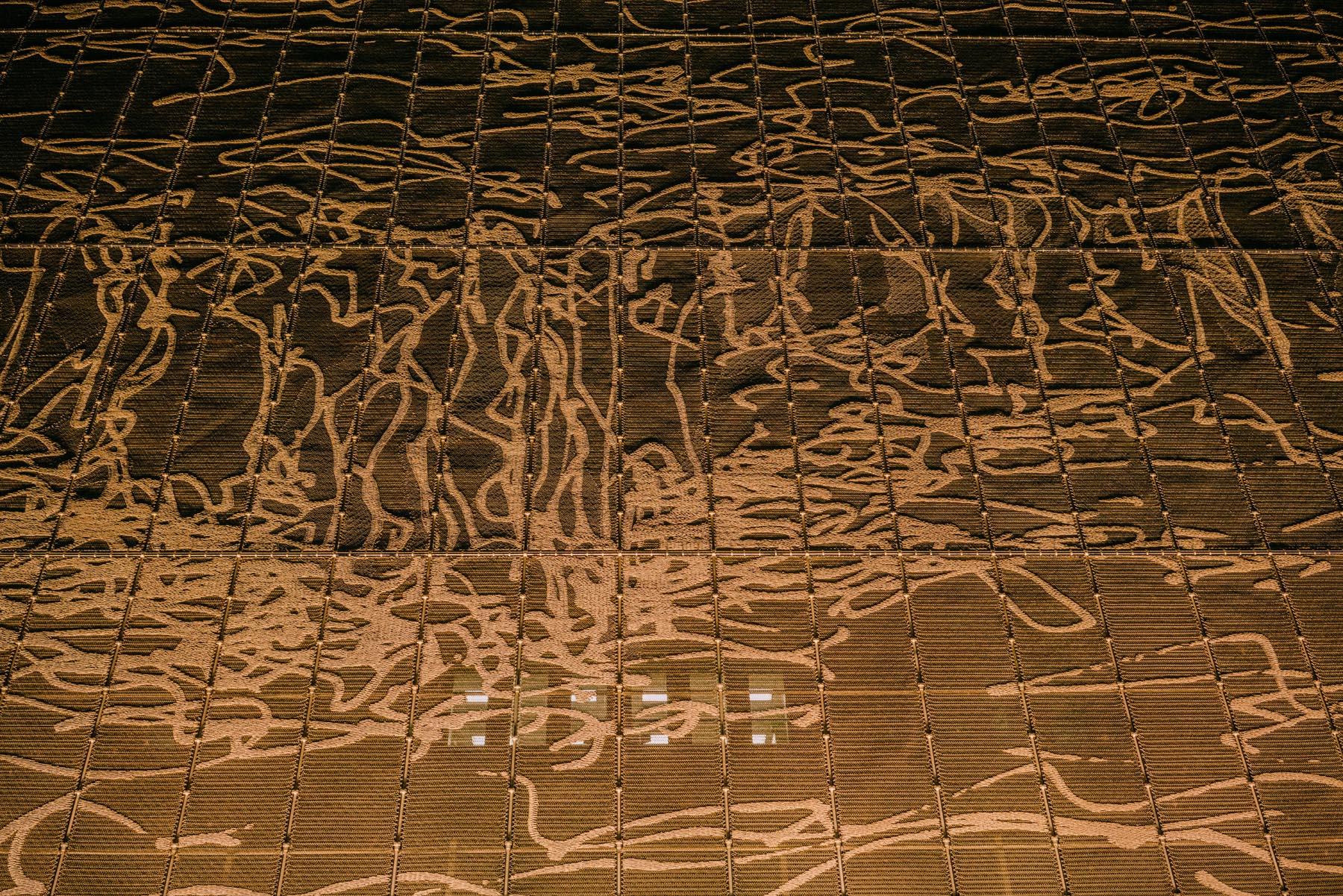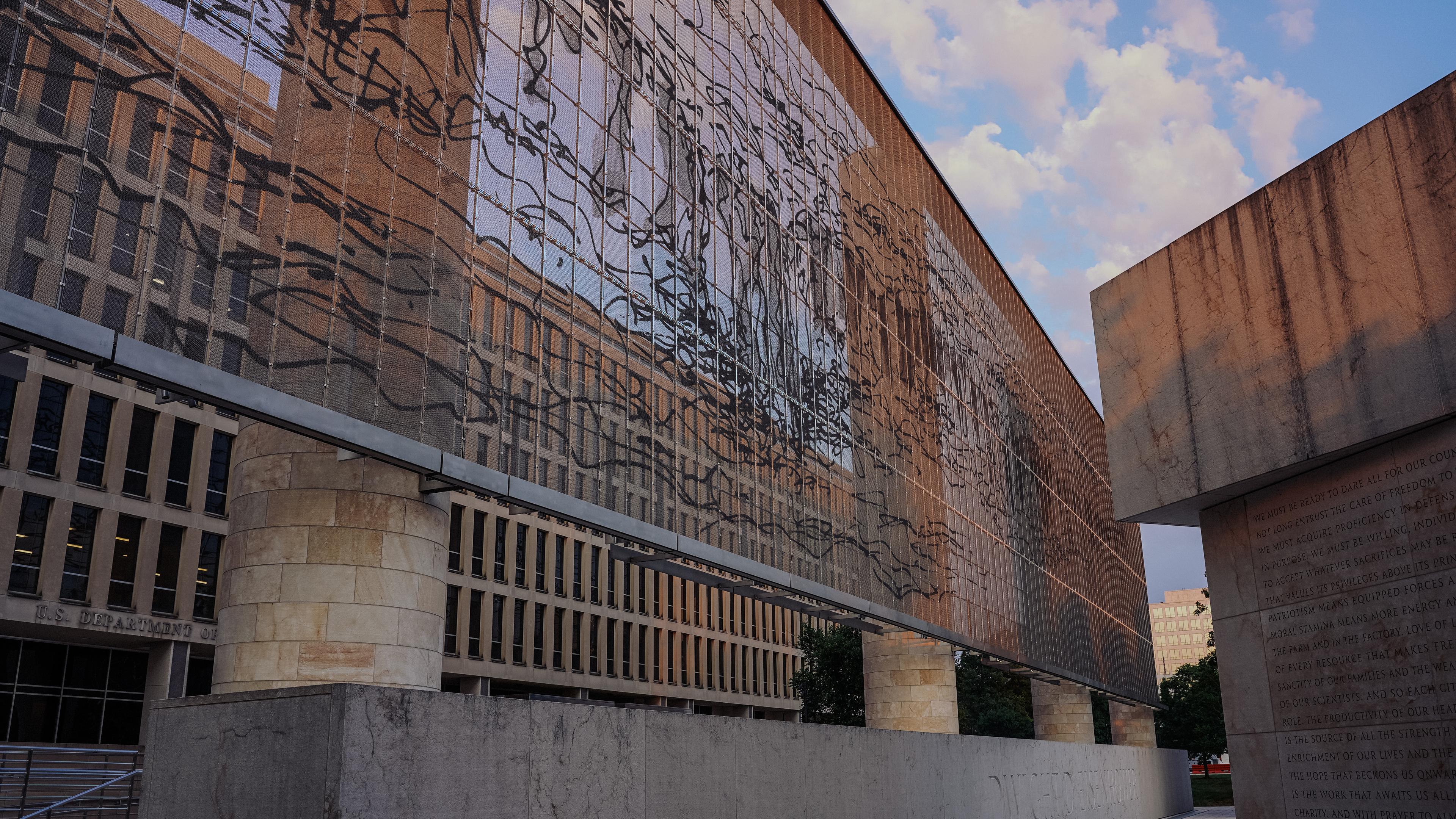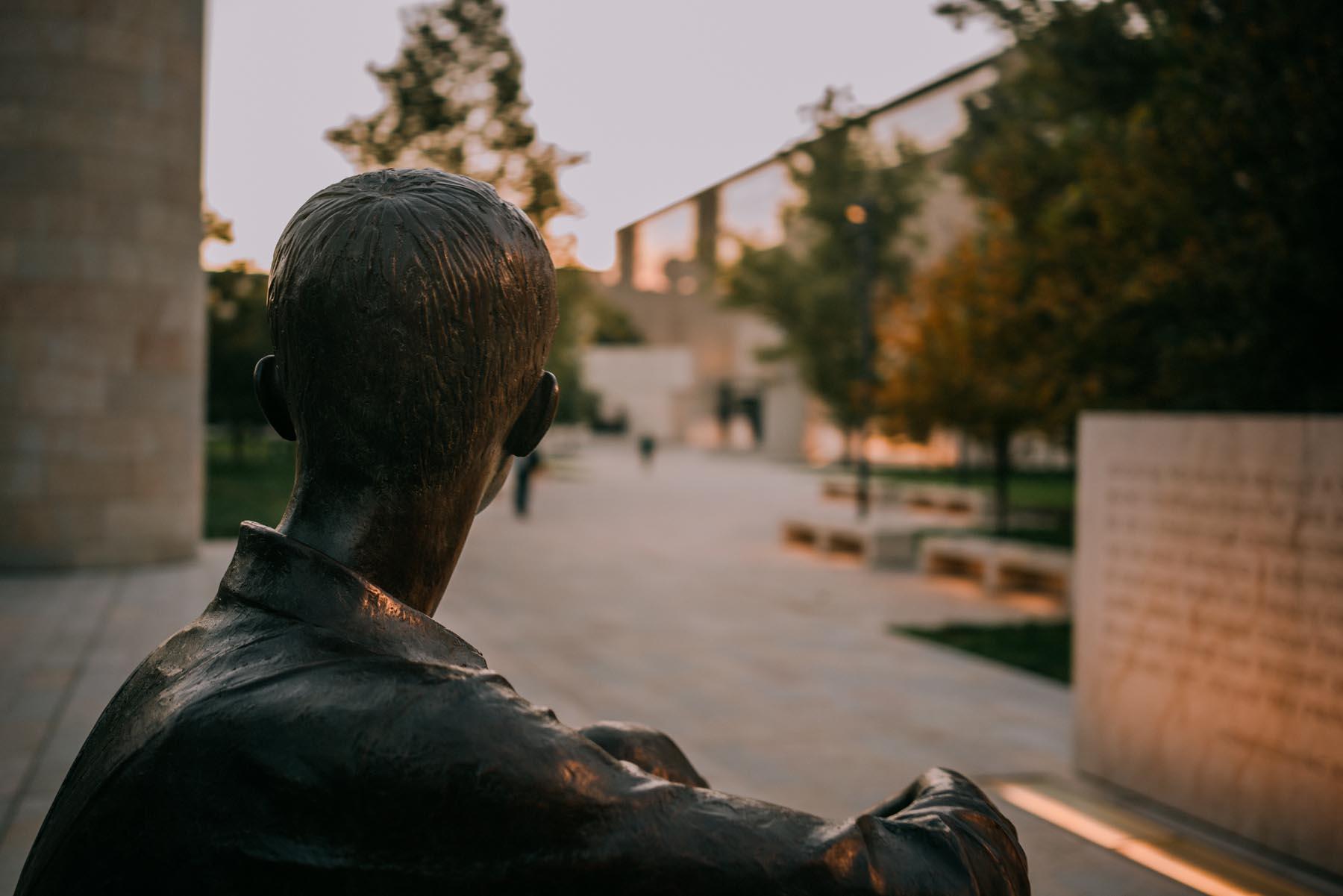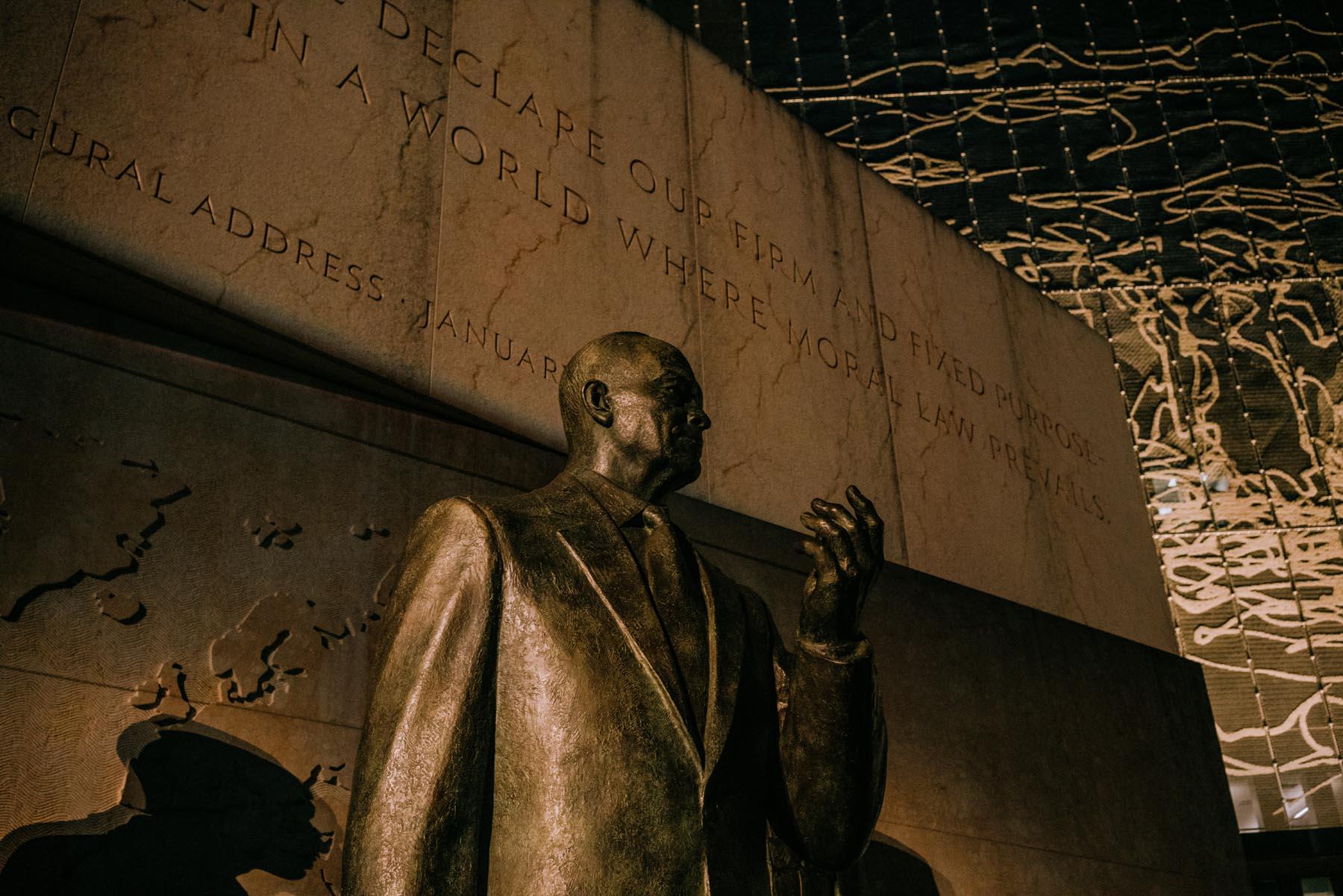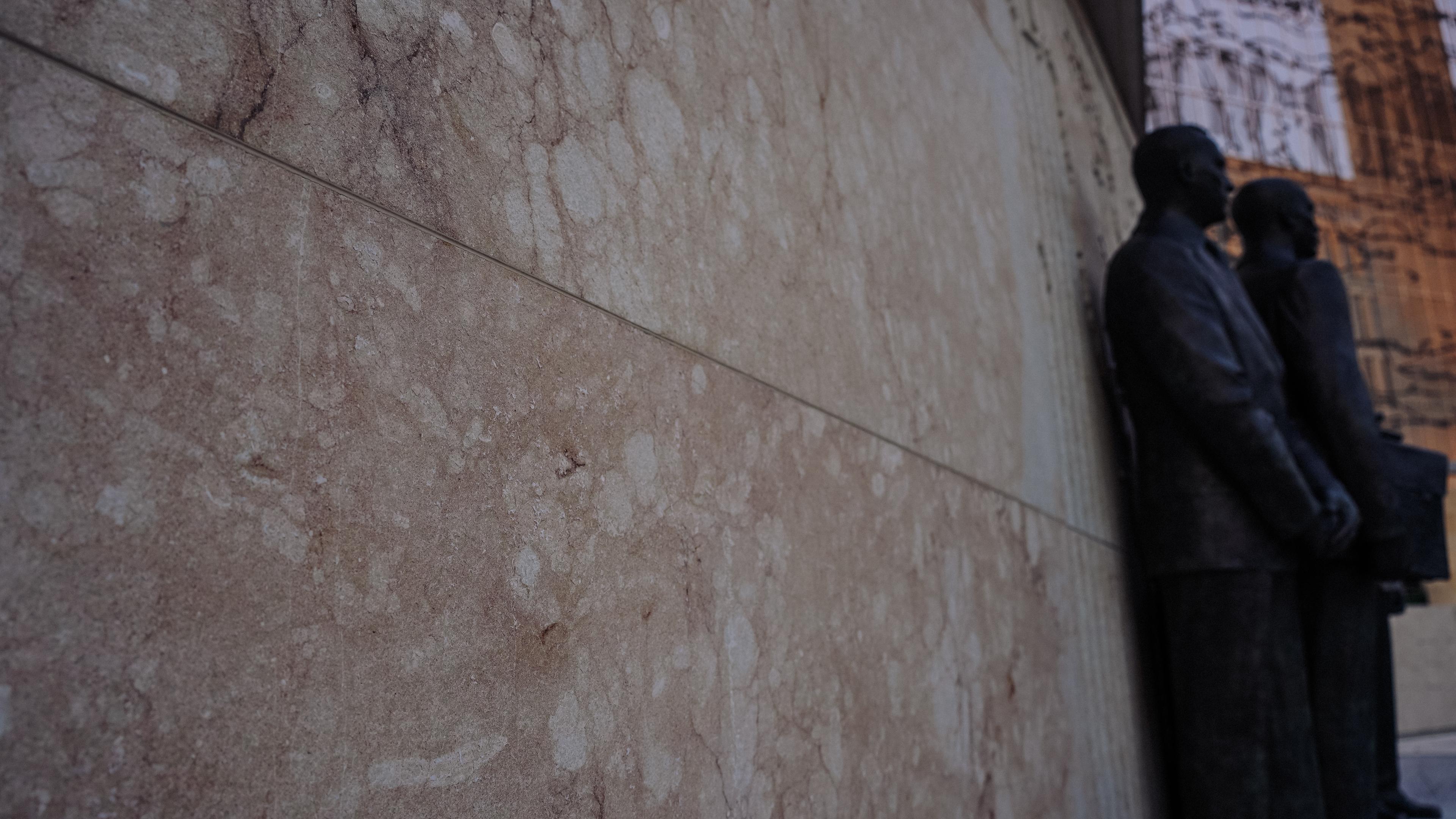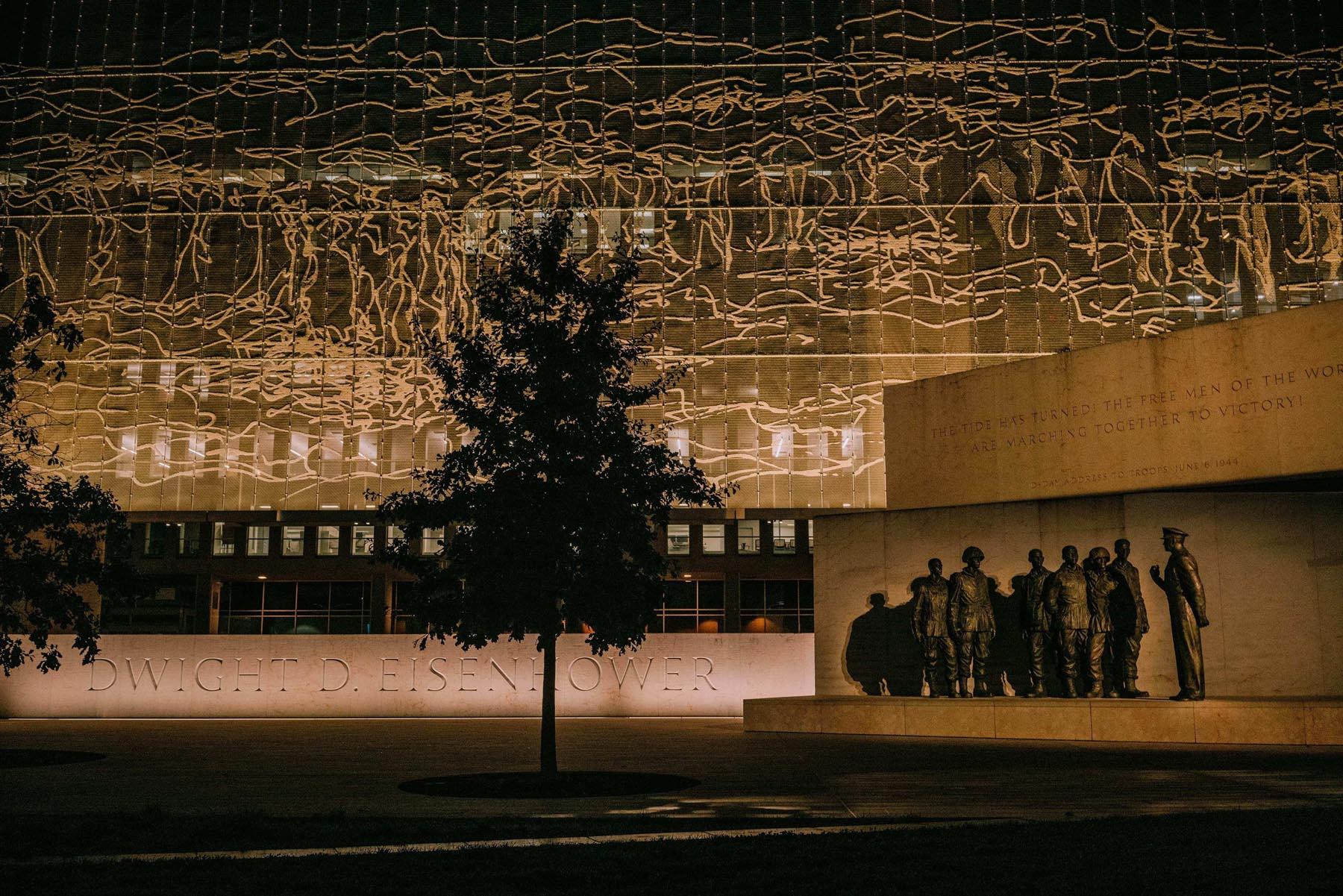
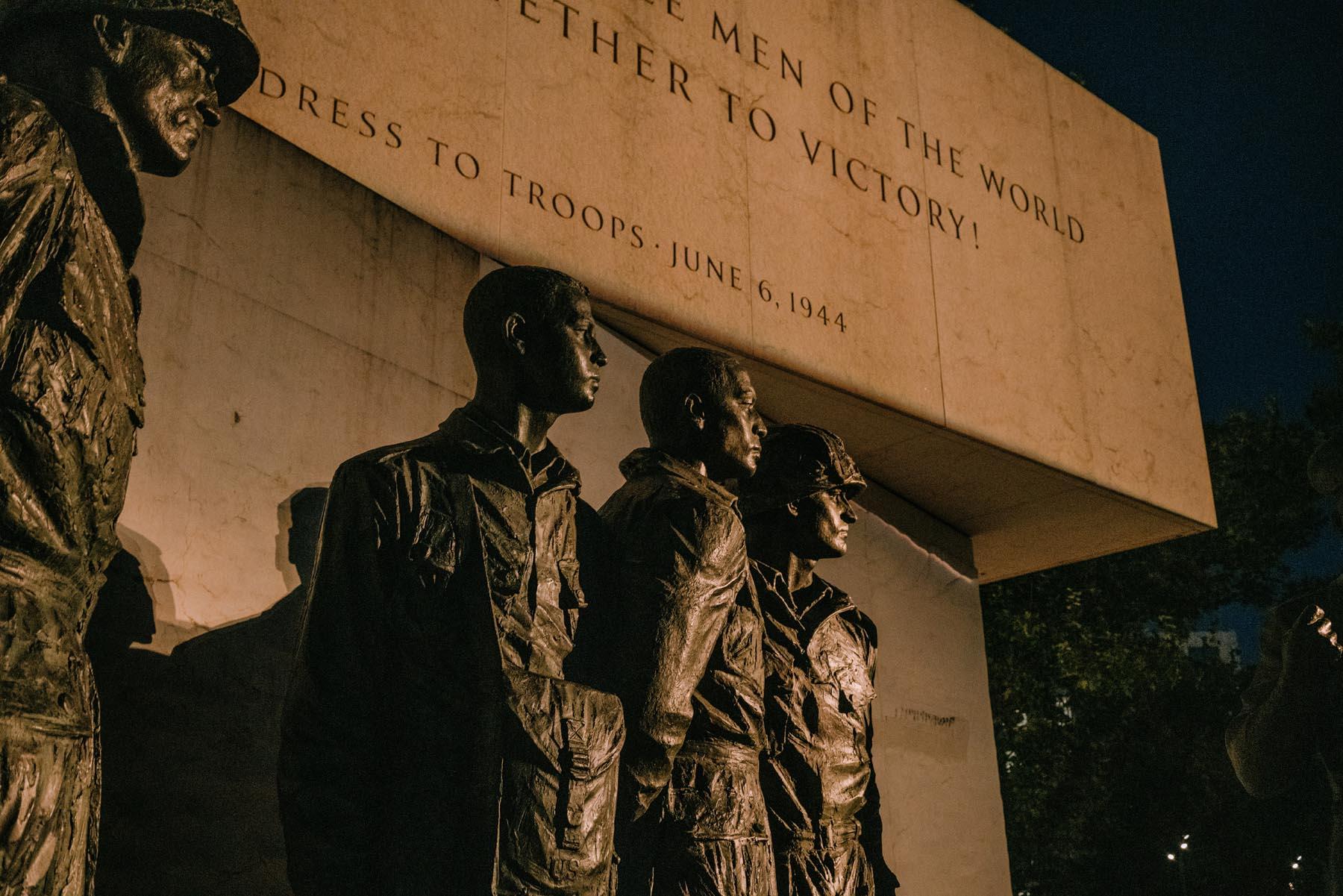
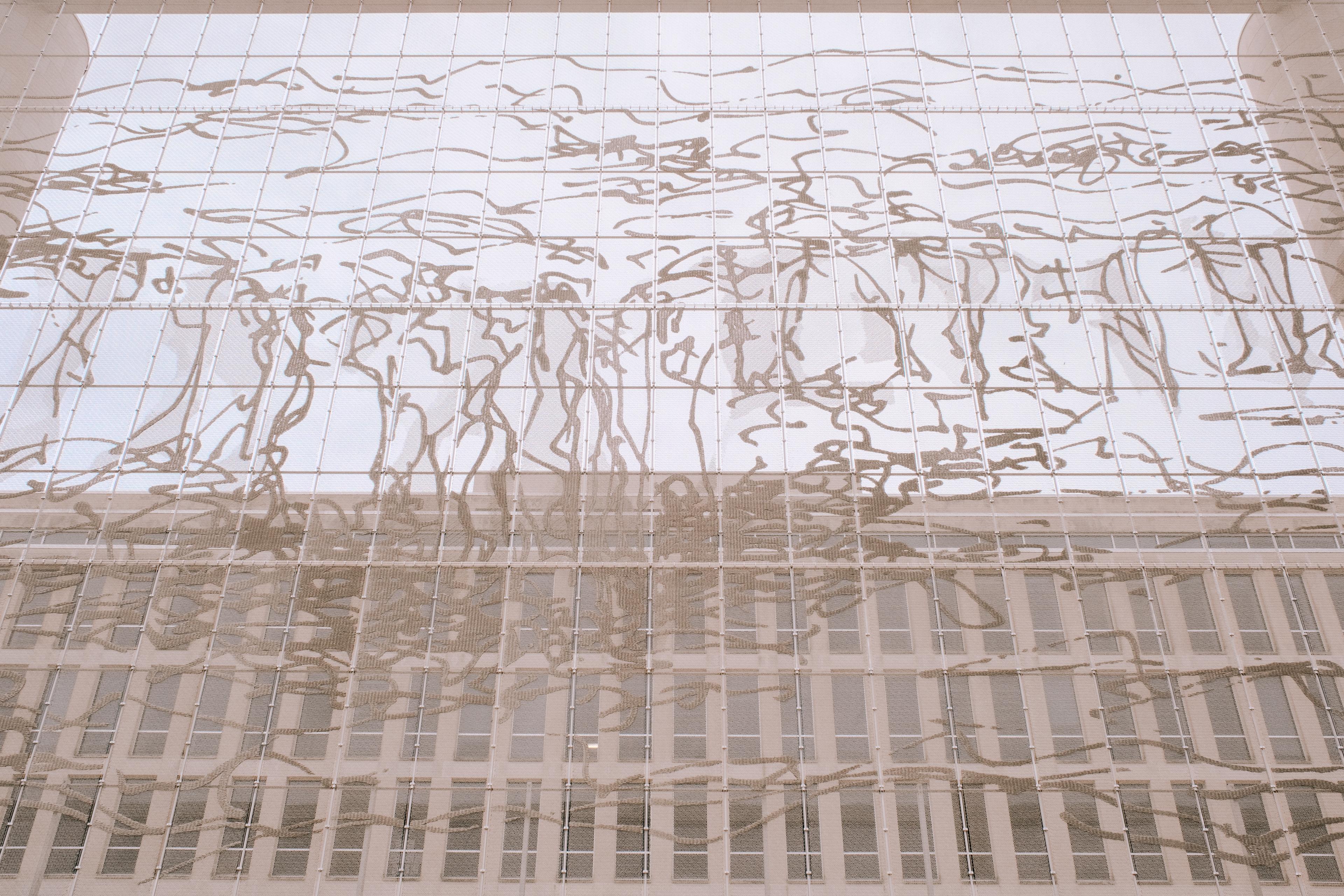
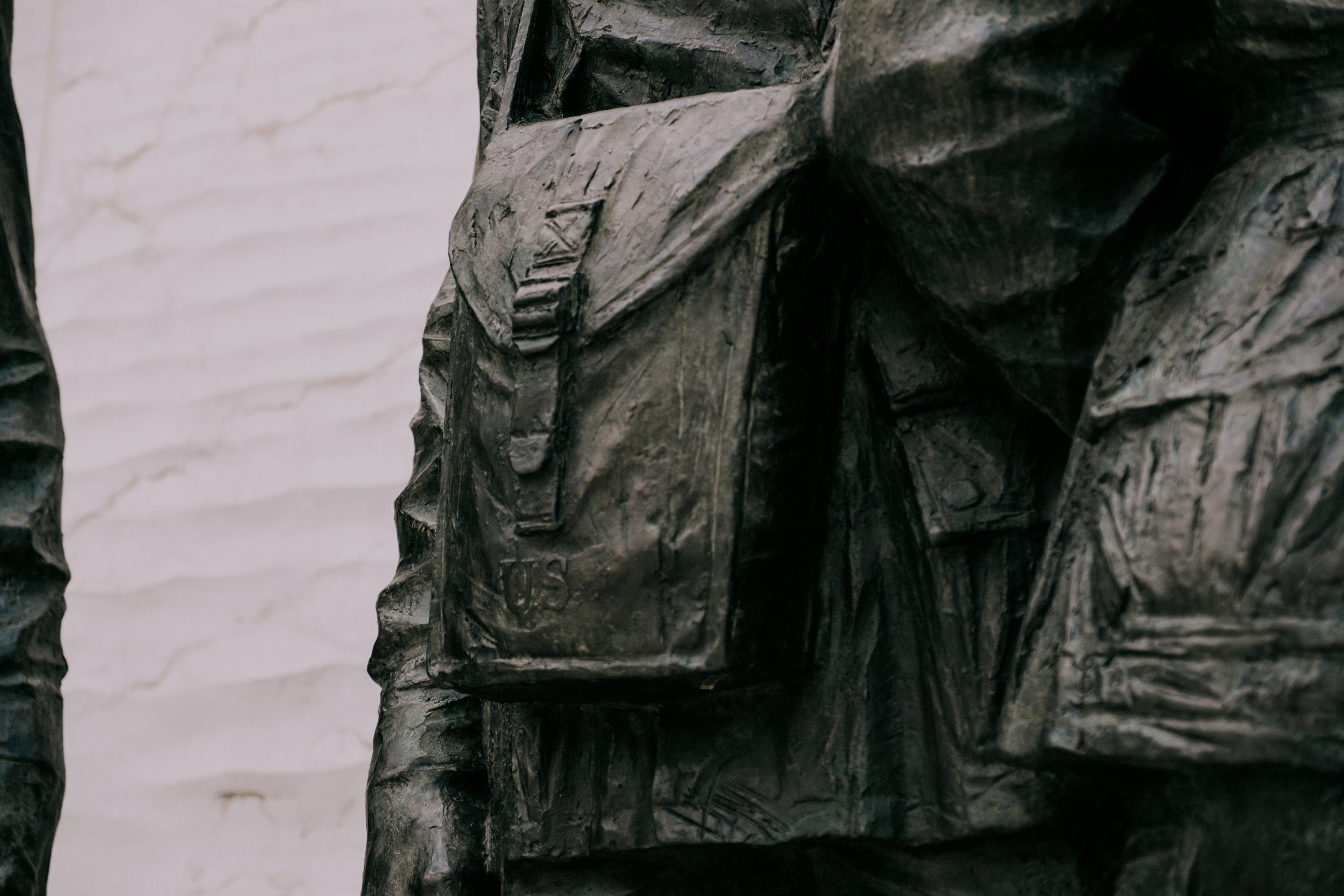
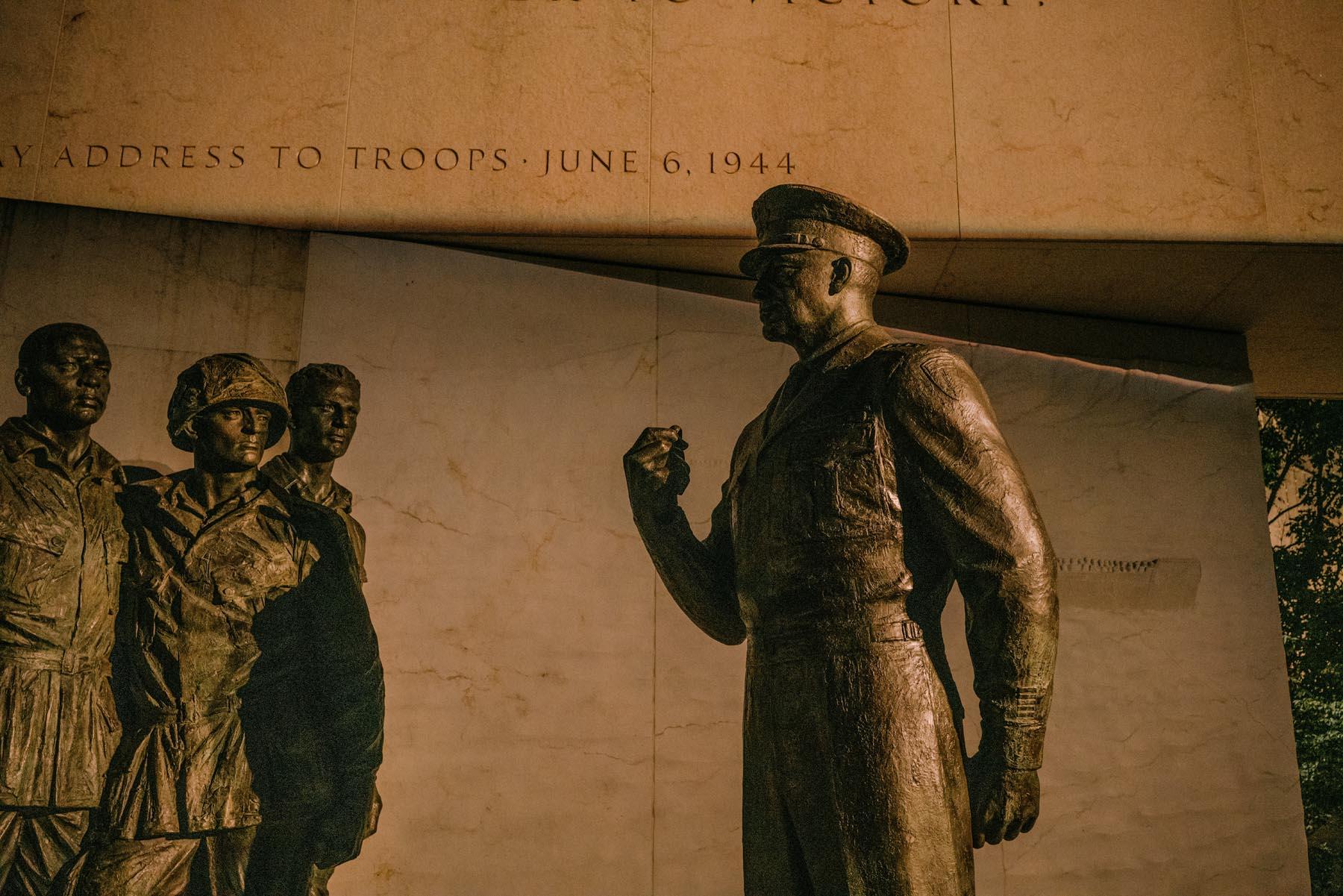
Dwight D. Eisenhower Memorial
540 Independence Avenue SW, Washington, D.C.
Amenities
- Wheelchair accessible
- Restrooms — Daytime hours vary
- Open 24 hours
- Food & drink — Retail options nearby
- Gift shop — 10:00AM–6:00PM
During the government shutdown, open-air Memorials will generally remain accessible to visitors. Restrooms, bookstores, gift shops, and information kiosk services may be suspended. For more information, please visit: doi.gov/shutdown.
The Dwight D. Eisenhower Memorial honors the five-star General and thirty-fourth President of the United States from 1953-1961.
Eisenhower graduated from West Point in 1915 and had a distinguished military career before his presidency, serving as the Supreme Allied Commander of the Allied Expeditionary Forces (SHAEF) of the European/North African theater during World War II. After the war, he then served as Chief of Staff of the Army, as president of Columbia University, and as Supreme Allied Commander Europe (SACEUR) of NATO, before winning the presidential election in 1952. Eisenhower passed away on March 28, 1969 at the age of seventy-eight, after two terms in office.
The memorial honoring Eisenhower was authorized on October 25, 1999 and was completed in 2020. The Memorial, designed by architect Frank Gehry, is located across Independence Avenue SW from the National Air and Space Museum, in front of the Lyndon B. Johnson Department of Education Building. The four-acre site is just four blocks from the U.S. Capitol Building and was the first completed work of Gehry in Washington, D.C.

Take a virtual stroll through this National Mall site
History
Timeline of events
Dwight David Eisenhower is born in Denison, Texas.
Eisenhower serves in the Army during WW1 in logistics then infantry. While he requests to be deployed to Europe, he eventually is assigned to a tank crew training school, receiving his first command at Camp Colt.
Eisenhower graduates from West Point.
Eisenhower, then a Major, takes part in Douglas MacArthur’s suppression of the ‘Bonus Army’, a protest by tens of thousands of WW1 veterans in DC demonstrating against the federal government’s refusal to endow veterans a reasonable bonus amidst the Great Depression.
Accompanies Douglas MacArthur to the Philippines, serving as a military advisor to the Philippine government’s establishment of a regular army.
The US Army conducts the Louisiana Maneuver training exercises, the largest in American history; Eisenhower is promoted to Brigadier General in the aftermath.
The US enters the Western Front with Operation Torch, part of the North African campaign. Eisenhower is named Supreme Commander Allied Expeditionary Force of the North African Theater of Operations (NATOUSA).
He serves as Chief of Staff of the Army.
He becomes the president of Columbia University.
The president-to-be takes a leave of absence to command NATO.
Eisenhower becomes President of the United States.
His second inauguration takes place a day after he begins his second term (delayed from Jan. 20 as it was a Sunday).
He retires to his farm near Gettysburg, Pennsylvania.
He dies at the age of 78.
The Eisenhower Memorial is authorized by President Bill Clinton.
Ground is broken on the Dwight D. Eisenhower Memorial construction site.
The Dwight D. Eisenhower Memorial is dedicated. The dedication ceremony was originally scheduled on May 08, the seventy-fifth anniversary of Victory in Europe Day, but was postponed due to the COVID-19 pandemic.
Key Features
The four-acre site is intentionally designed to be approached from any side, though it does have a key focal point: The Eisenhower Memorial tapestry, which depicts the Pointe Du Hoc promontory of Normandy’s coastline in peacetime.
Reflection Questions
High school learners: Our Nation’s past is complex and often incites reflection, especially as we look to the future.
Here are a few questions to inspire deeper thinking:
- How did Eisenhower's military background shape his approach to the Cold War?
- What were the significant challenges Eisenhower faced during his presidency?
- How did Eisenhower's presidency impact civil rights in the United States?
Educational Activities
Other Resources
Interested in learning more? The following links will provide you with additional context and information:
